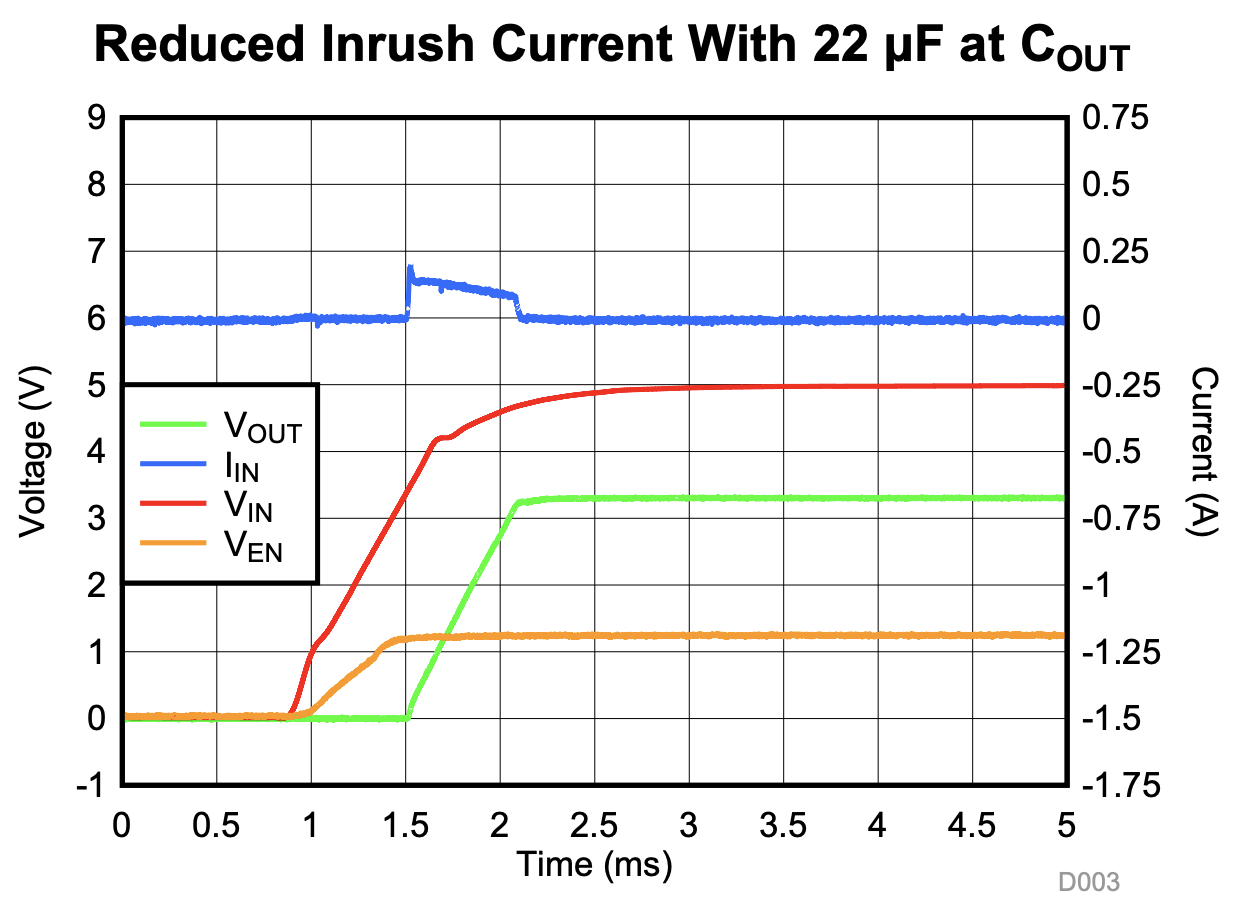Hello team!
Could you please tell me the current protection behavior about the device?
I read 7.3.3 on DS but not sure my understanding is correct or not.
For the short event, the current is limited by 755mA(typ).
For the overcurrent event, the current is limited to about 1.2A(Fig27).
and both case, the current is limited until thermal shutdown function is triggered, is this correct?
If this is correct, is there any formula to estimate the time for thermal shutdown occurs?
Thank you for your support.
Best Regards,
Kazuki Kitajima



